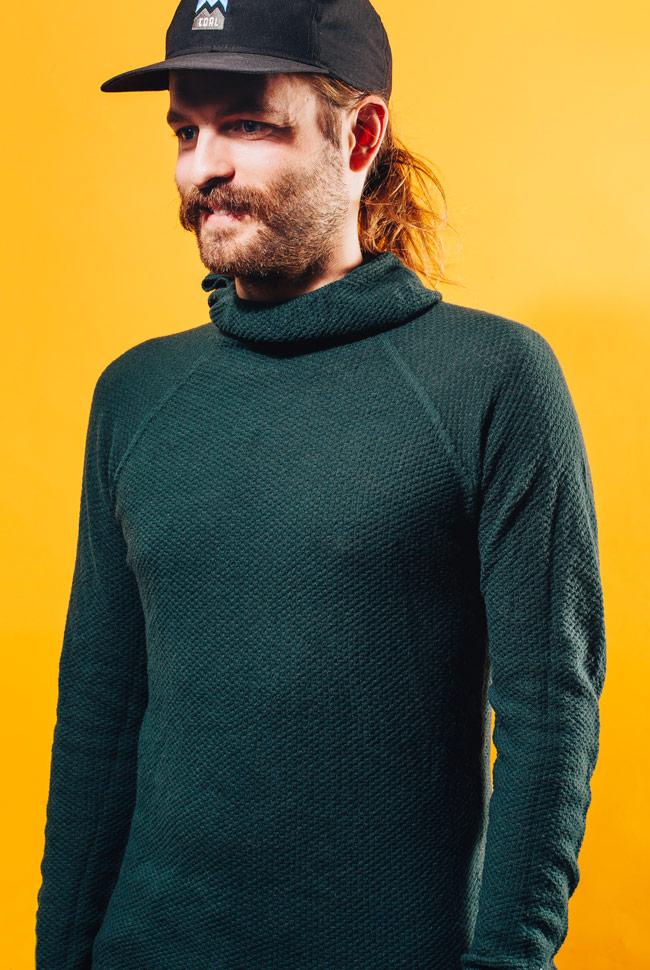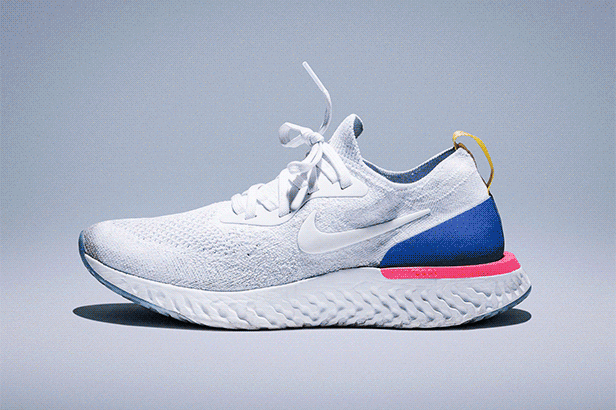There was a time when the term “baselayer” didn’t exist. What did was underwear, and most of it was made of cotton. Mountaineers and explorers wore wool, down and canvas over that to keep warm and guard against exposure. It was Patagonia who, in the 1980s, introduced the outdoor community to the concept of layering. The idea came about as the then-young brand sought an alternative to the cotton and wool combo and landed on synthetic polyester and fleece. Patagonia recognized the former for its ability to wick moisture away from the body, and turned it into a next-to-skin alternative to cotton and named it Capilene — it was the first performance baselayer.
Those early discoveries set Patagonia on the current path of product research and development that has made its apparel and equipment the standard upon which all others are judged. A lot has changed in the 30-plus years since though, and now the company has managed to redefine the baselayer, again, with its newest take on the category: Capilene Air.
The new Capilene Air baselayers come in three silhouettes: a hoody, a long sleeve crewneck pullover, and full-length leggings. The innovation that makes it all new is the fabric’s “exploded” yarn knit and seamless 3D structure.
The Good: A baselayer should do three things: it should provide warmth, it should be comfortable and it should wick moisture away from the body. Capilene Air does all of these exceptionally well, and more. The fabric, a 51 percent merino wool and 49 percent recycled polyester blend, provides plenty of warmth, especially given how much it weighs. Its 18.5 micron-gauge yarn is super-soft — in the world of yarn diameters, 18.5 is a great place to be — and the overall knit is form fitting but not in any way restricting.
Who They’re For: Skiers, snowboarders, mountaineers, climbers, hikers, runners, campers, mountain bikers, fishermen — everyone. If you do an outdoor activity, you should be layering, and as a baselayer, this might be the very best.
Watch Out For: Merino wool is stink-resistant; polyester is not. It follows that a near 50/50 blend of the two would land somewhere in the middle, which is true of Capilene Air. It’ll stay fresh for multiple days of use — longer than most other wool/poly blends — but don’t plan on wearing this for weeks straight without a wash. After said wash, you may notice that Capilene Air is somewhat of a lint-lover, a trait it picked up from its merino wool half that’s accentuated by the 3D knit structure. Neither of these are deal breakers though, especially given how much the product excels.
Alternatives: Within the broad baselayer category, Capilene Air stands apart. It’s the only 3D knit baselayer available. Those looking for a next-best option should opt for garments that are 100 percent merino wool. Smartwool’s Merino 250 Crew or the Yotei Powder Hoodie by Mons Royale are great options.
Review: I integrated the Capilene Air Hoody into my kit last March and have worn it every chance since. That timespan brought me to Montana, where we skied through a full-on blizzard as well as a mid-fifties bluebird in the same week. I also wore it heli-skiing and backcountry touring in Kamchatka, Russia, where we experienced just about any weather condition that the Bering Sea and Pacific Ocean could throw at us.
Beyond the points already mentioned — Capilene Air’s supreme comfort and warmth — I was amazed at the versatility of the garment. I’ll typically bring both lightweight and mid-weight baselayers on extended trips so that I can fine-tune what I wear each day depending on the activity and weather. Capilene Air might eliminate that need though. On cold, wind-pelting-your-face days, the hoody provided plenty of core warmth and functioned as efficiently as a mid-weight layer. When the sun was out, and we had thousands of feet of elevation to climb while wearing heavy packs, Capilene Air breathed and wicked, never saturating with sweat. I’ll continue to wear this is a baselayer for summer hiking and backpacking trips.

When I was in Kamchatka, I wore the Capilene Air Hoody for nearly six days straight. Seriously — I toured in it, skied in it, wore it under a sweatshirt during dinner, even slept in it. The stink-factor remained quite unnoticeable throughout, but by the end the trip my olfactory senses made me aware that it probably needed a wash. To be clear though, most baselayers with a similar blend of wool and polyester wouldn’t have lasted nearly as long.
I wore the Capilene Air top for such a long time because I just never wanted to take it off — its seamless construction, springy knit and sweater-like feel rank it among the coziest next-to-skin layers, period. It also looks good too; I wanted to wear it to work but was informed that it might be too outdoorsy for an office setting. We’ll see about that though.
Verdict: Versatility and comfort make Capilene Air quite possibly the best baselayer I’ve ever worn. I’ll still hang on to some of my 100 percent merino layers, but those just got relegated to use on laundry day.
Note: Patagonia Capilene Air will be available for purchase on August 1, 2018. The Capilene Air Hoody will retail for $149 while the Crew and Bottoms will cost $129.
Key Specs
Materials: 51% merino wool, 49% polyester
Yarn Gauge: 18.5 microns
Hot takes and in-depth reviews on noteworthy, relevant and interesting products. Read the Story





